Understand how to change my behaviours
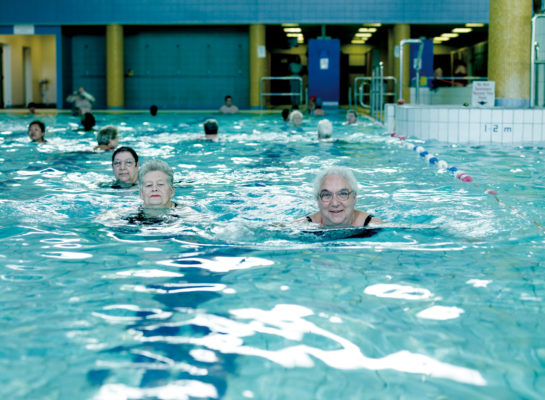
Your assessment has suggested that it would help if you understood a little more about behaviour and some tips on how to change it. Becoming move active is just like any other behaviour you try and change, however, it can be quite a complex process compared to something perhaps more simple such as flossing your teeth every evening. There are many theories about behaviour change and Active Blaby have tried to help by doing the hard work and giving you some practical tips and resources for you to use. But having gone through the assessment, this should help you identify the key things that are the barriers to becoming more active for you to focus on.
However, you know you best so we can only support you so far but if you need more help, either please complete the referral form if you’ve just completed the assessment or refer yourself for support using the button below and selecting Physical Activity.
There are a few hints and tips that have been shown to work at changing activity behaviour, these will have to be adapted to your daily life but if some of these might work, it worth giving it a go!
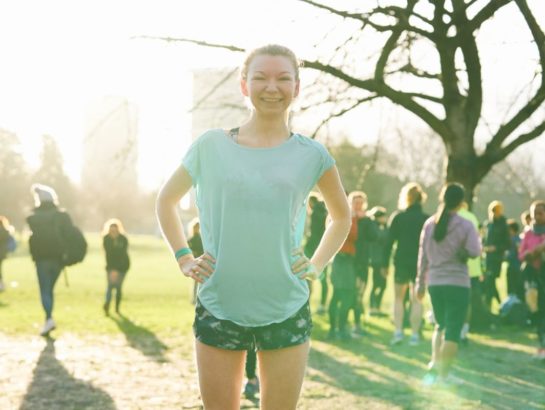
Understanding Trigger Behaviours
There are things that you do which have a knock-on impact on others, which could effect your activity levels. You need to think about actions that you do daily which make be active more difficult. For example, times when you eat meals if you don’t like being active after them or you may want to avoid sitting down on the sofa before you have an opportunity to be active as that makes it harder to motivate yourself. However, there may be some things that give you a burst of motivation, such as seeing runners out in your neighbourhood or seeing something on TV. Use those and plan them in to get you in the mood to be active.
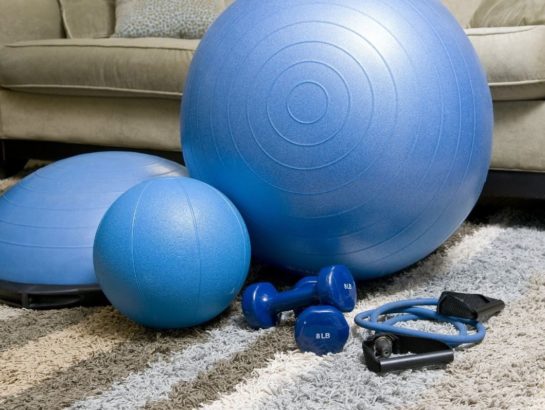
Use Prompts and Cues
Sometimes it’s not a lack of motivation that is the key issue but it’s forgetting to utilise the opportunities you have until it’s too late. Until a behaviour has been done enough times to become more of a habit, it sometimes requires some reminders every now and again. Some examples that you can adopt are;
- Leave gym kit by the front door/in the car at work
- Use alarms on your phone to remind you
- Use apps that plan your activity with notifications
- Tell friends and family to come and get you for activities

Monitor your Activity
To help understand your behaviour and how it’s changed, you need to be able to monitor it. This can be as simple as step counting through to the latest in wearable technology submitting blood pressure, ECGs, quality of sleep and stress levels! You may be someone who is a little competitive, either with others or yourself, and want to do better than before to show progression. You can also set targets for yourself if you have a means to measure your activity levels. For more information on ways to monitor your activity behaviour, click the button below.
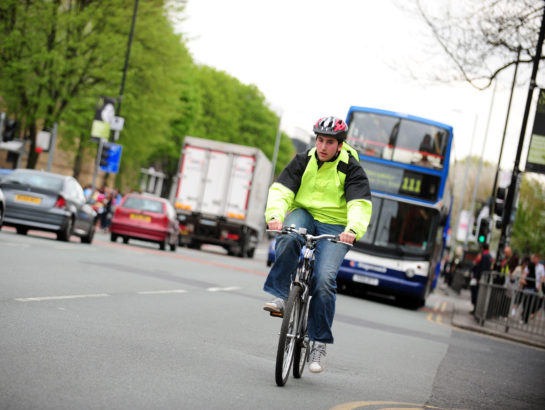
Behaviour Substitution
Daily physical activity can be built in by considering how a more active method of tasks can be completed. Most advice on physical activity is about attending structured sessions but huge gains can be achieved by changing how behave every day. To add activity, you could consider;
- Going for a walk with friends instead of meeting in a cafe
- Walk to work/school or at least park further away and walk the last part of the journey
- Use the stairs rather than the lifts
- Instead of sitting watching TV, go for a walk listening to a podcast
There are many substitutions you do so thin about where you may be able to squeeze a bit of activity into your day.

Reduce Negative Emotions
This may seem obvious but if you’re not an active person or you want to go and try something new, fear and anxiety may set in….am I good or fit enough to do this, where can I park, do I have the right clothing or equipment? This cause stress and ultimately may stop you from taking part. Help reduce the anxiety of that situation by gaining as much information as possible beforehand, have a chat with the leader of the session you’re going to, they can describe what will happen and some even have videos that you can see, plan your route, speak to other people who have been in your position before. Try and develop a good picture of what will happen before you even get there.
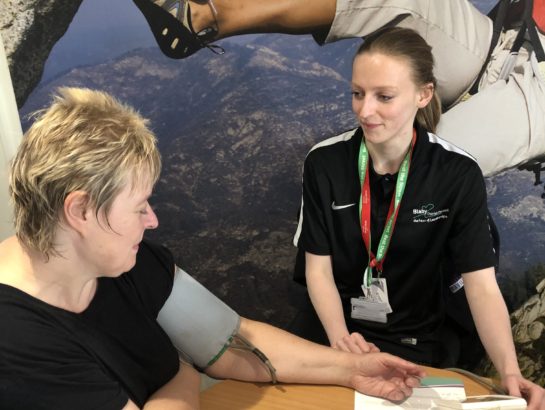
Plan Ahead
Thinking ahead and making plans will make creating an active habit much easier. The less you have to think about your activity at any time because it’s already planned for you, the more likely you are to complete the task. This takes a bit of time at some point to put the work in but once you have a plan for what you’re going to do to achieve your goals, you don’t have to ‘think about it again! In the time it takes to think about what you’ve done, what you should be doing and when you’re going to do it, your motivation will have probably dropped and it’s more likely that you won’t do it. This could be using a simple paper tracker/planner or you can use a number of apps on your mobile and some even give you a plan to follow, such as Active 10 walking app and Couch 2 5K jogging app.
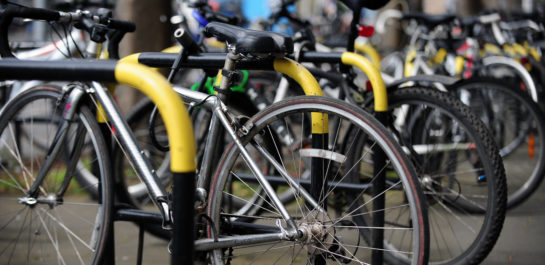
Subscribe to our newsletter
The latest updates on Active Blaby, our programmes, success stories, news, events and more…
